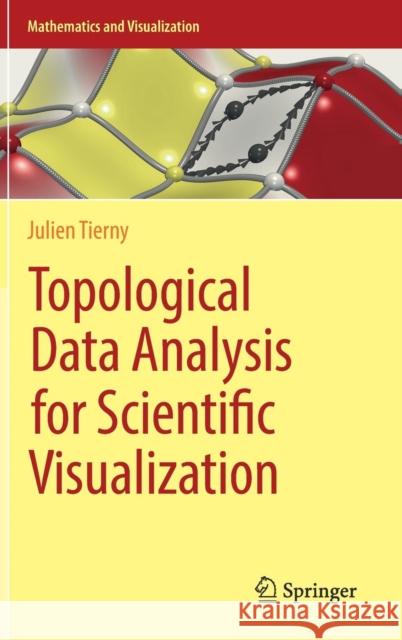Topological Data Analysis for Scientific Visualization » książka
topmenu
Topological Data Analysis for Scientific Visualization
ISBN-13: 9783319715063 / Angielski / Twarda / 2018 / 150 str.
Topological Data Analysis for Scientific Visualization
ISBN-13: 9783319715063 / Angielski / Twarda / 2018 / 150 str.
cena 547,24 zł
(netto: 521,18 VAT: 5%)
Najniższa cena z 30 dni: 539,74 zł
(netto: 521,18 VAT: 5%)
Najniższa cena z 30 dni: 539,74 zł
Termin realizacji zamówienia:
ok. 20 dni roboczych.
ok. 20 dni roboczych.
Darmowa dostawa!
Kategorie:
Kategorie BISAC:
Wydawca:
Springer
Seria wydawnicza:
Język:
Angielski
ISBN-13:
9783319715063
Rok wydania:
2018
Wydanie:
2017
Numer serii:
000242696
Ilość stron:
150
Waga:
0.41 kg
Wymiary:
23.39 x 15.6 x 1.12
Oprawa:
Twarda
Wolumenów:
01
Dodatkowe informacje:
Wydanie ilustrowane











